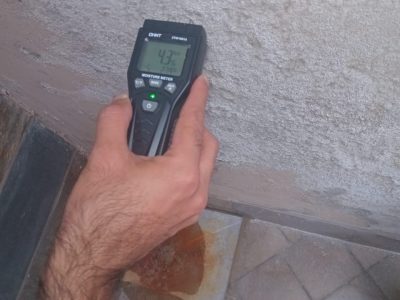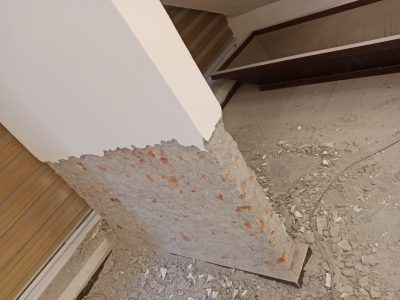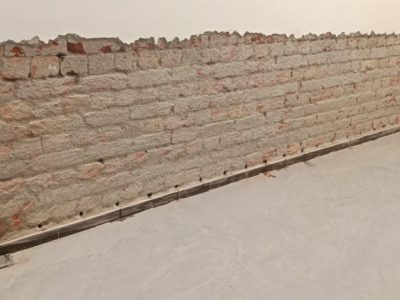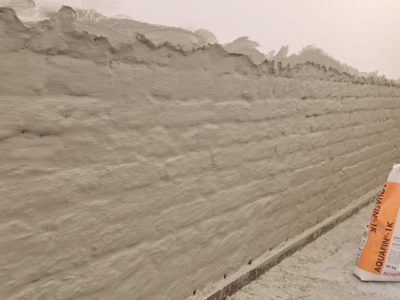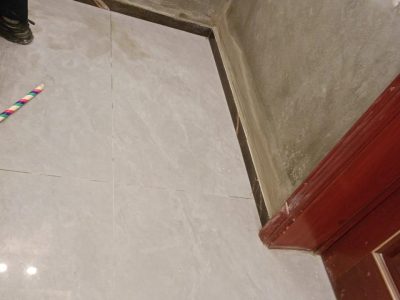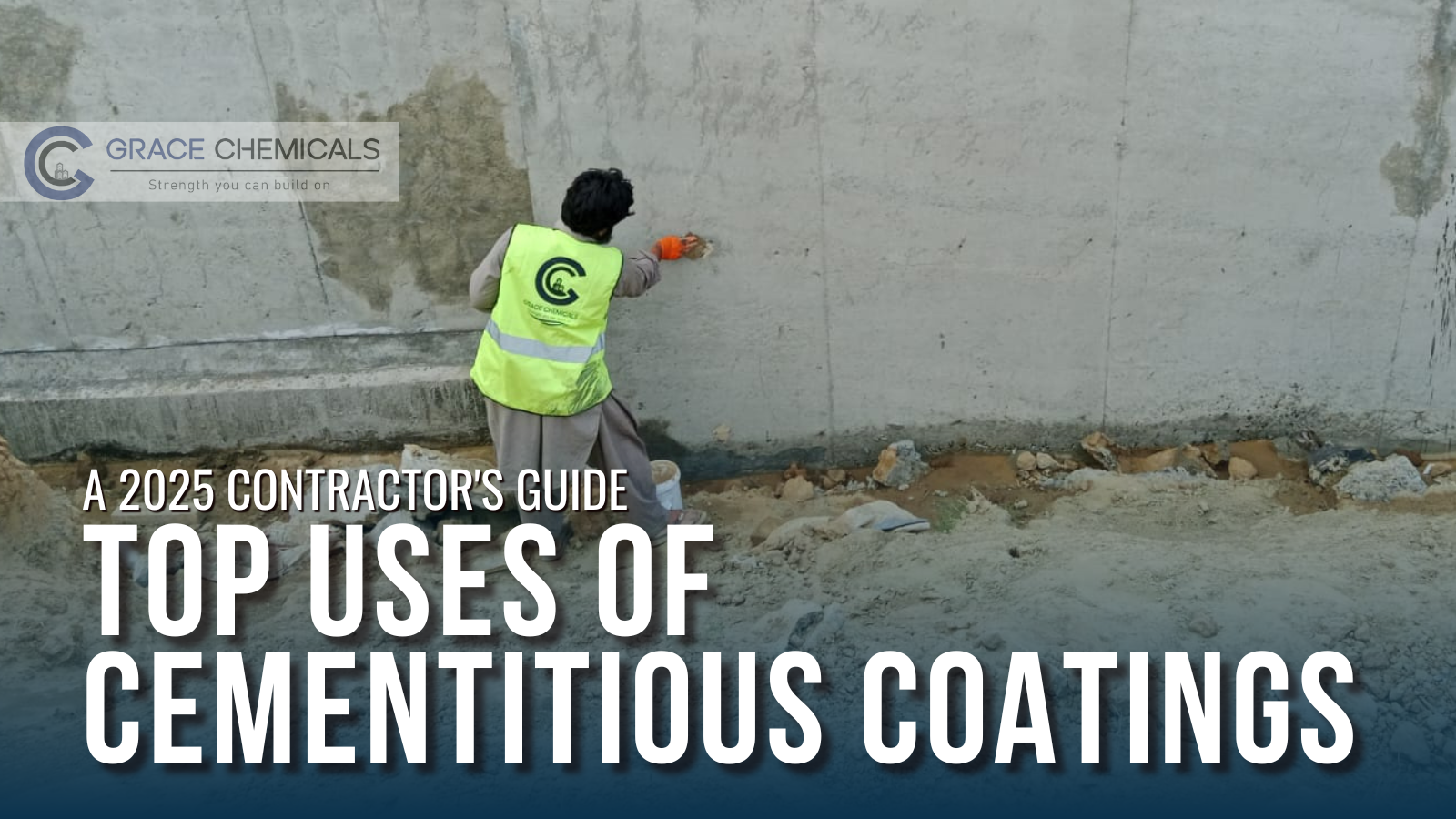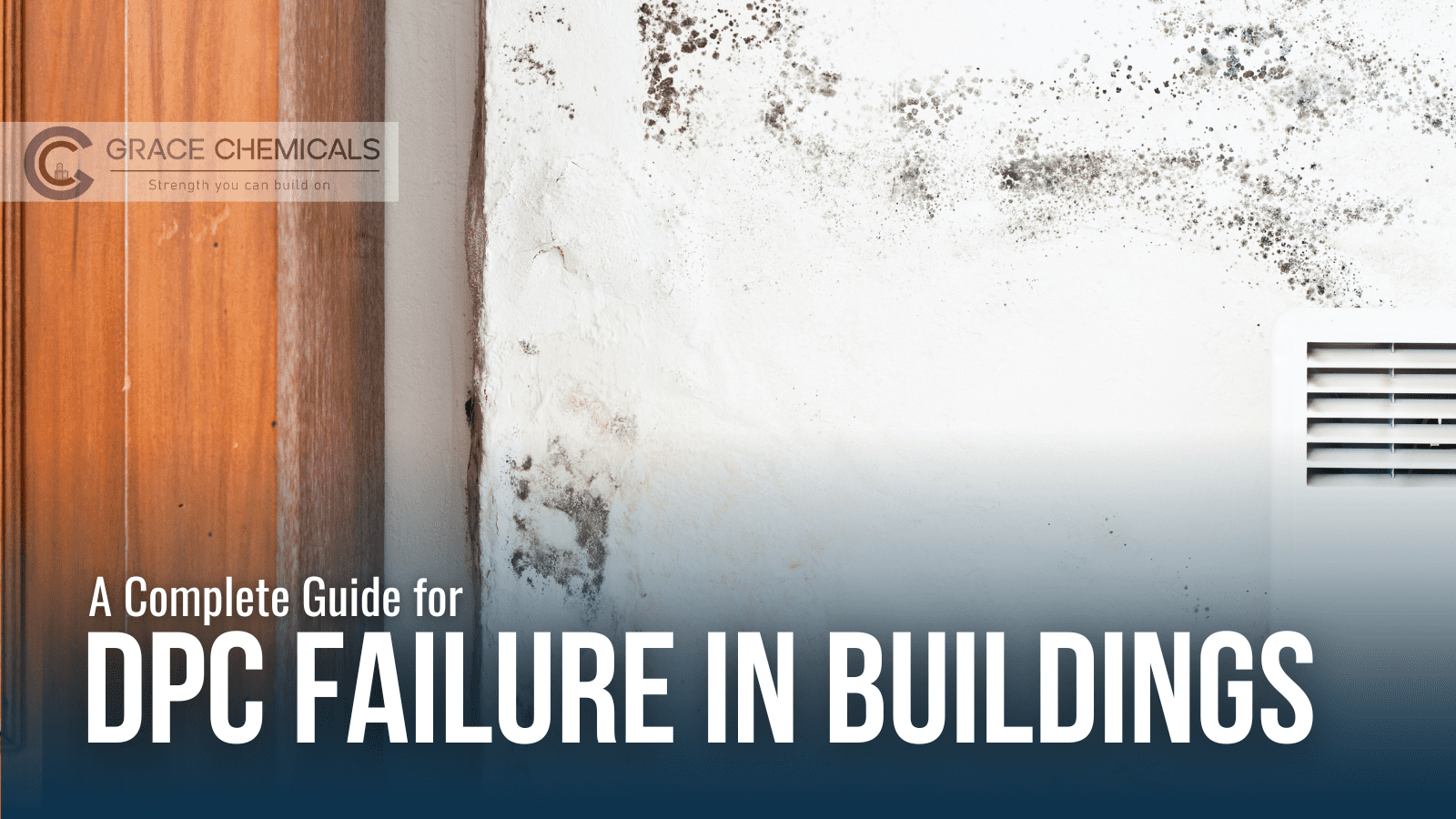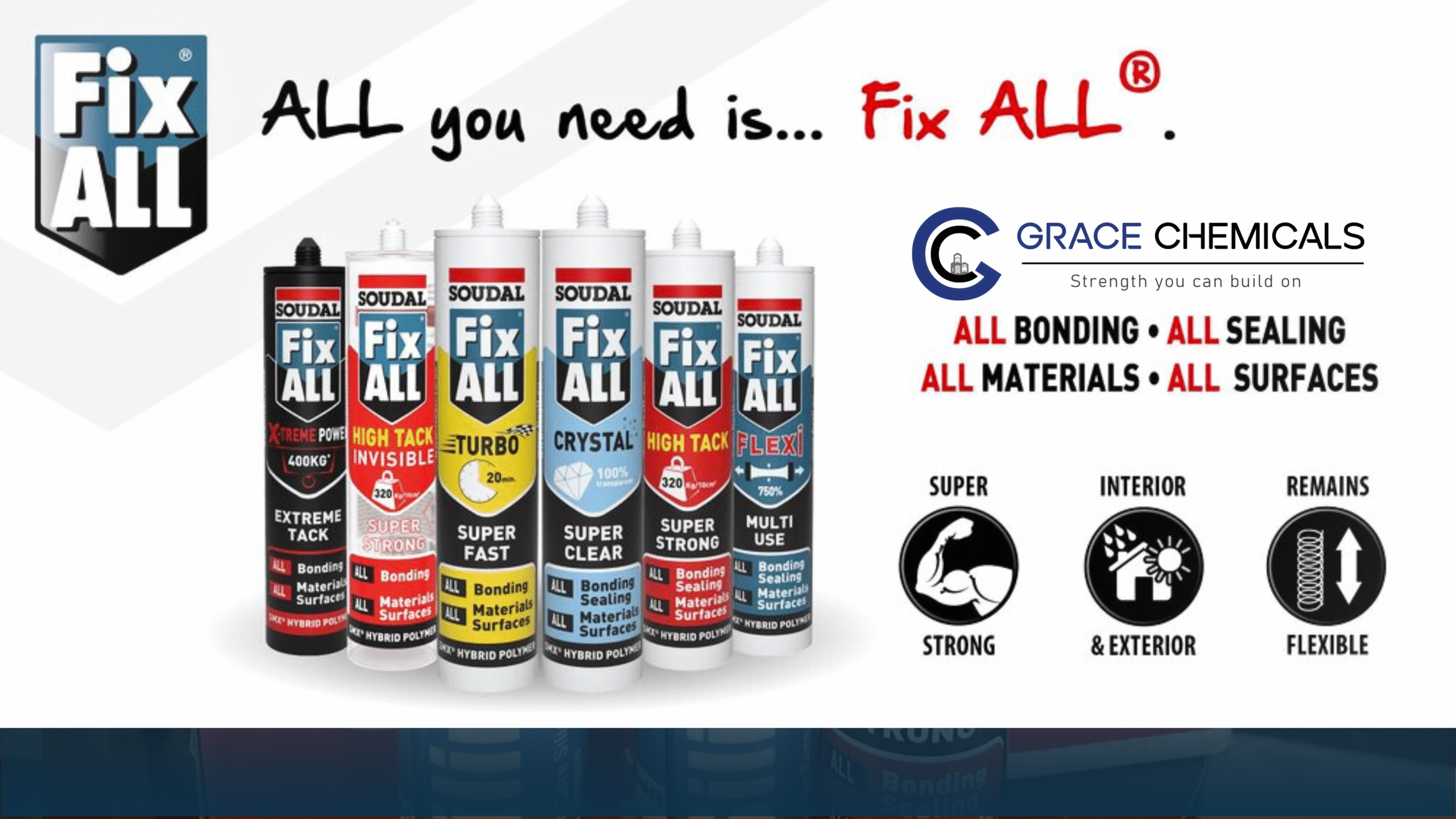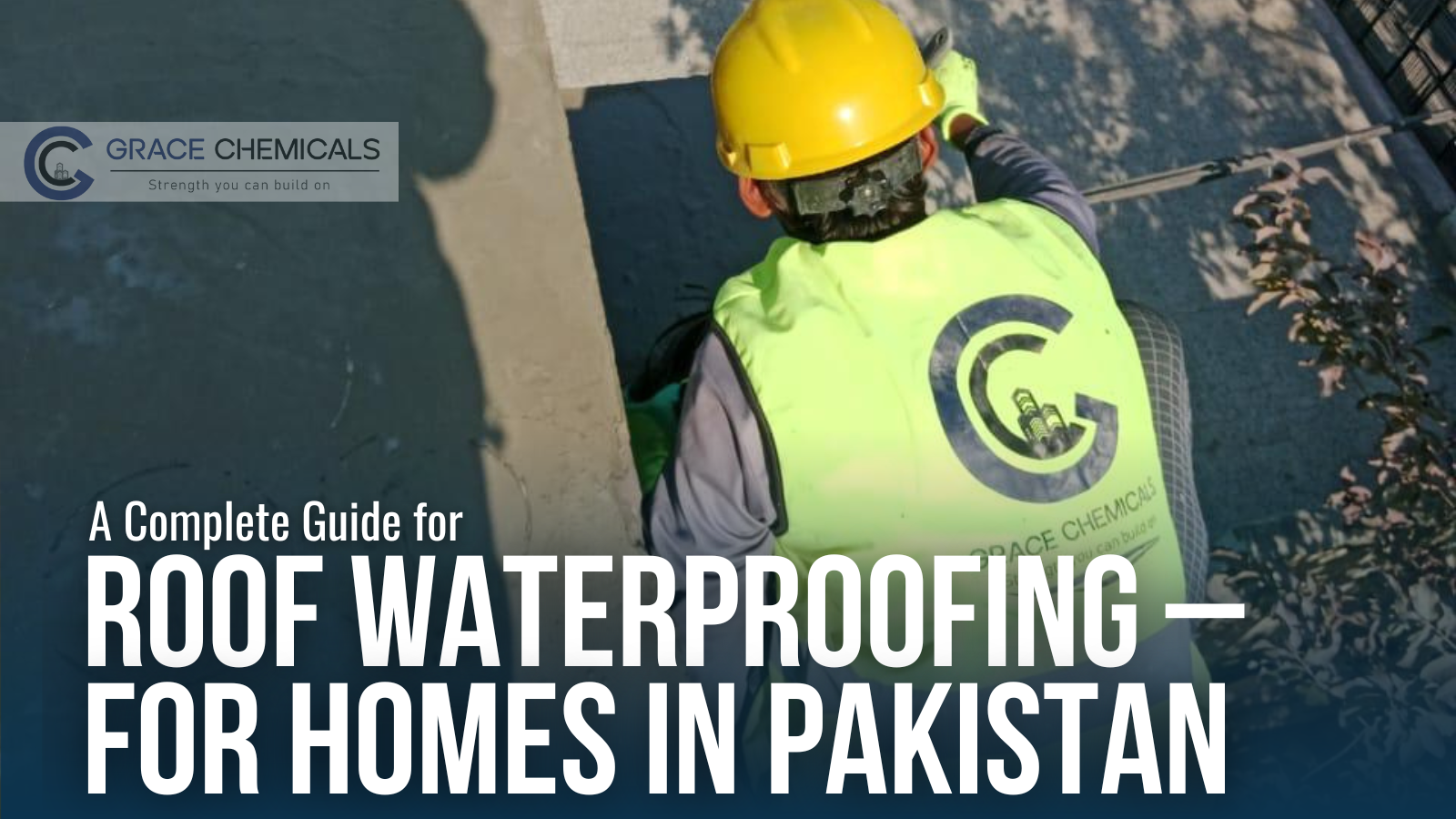A Complete Guide for
DPC Failure In Buildings
DPC failure in buildings is a serious issue across Pakistan, causing damp walls, structural decay, and health risks due to mold and salt buildup. This guide provides a long-lasting waterproofing solution that works in all climates.


